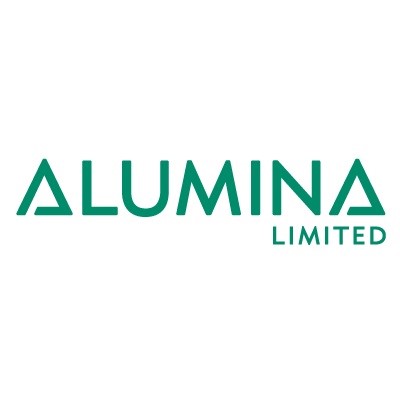

Freight prices may continue high for the remainder of 2022, eroding margins that helped Alumina Limited post a more than 28% increase in annual earnings last year. The net profit for the year ending December 31 increased to $US187.6 million ($260.7 million) from $US146.6 million the previous year. Alumina Limited will pay a final dividend of US2.8, down from US2.9 last year.

The only asset Alumina Limited has is a 40% investment in AWAC, which controls a global portfolio of bauxite mining, alumina refineries, and an aluminium smelter in Portland, Victoria. AWAC reported an increase of 11% in yearly profit to $US443.8 million, boosted by record aluminium prices but hampered by higher freight costs.
Due to COVID-19-induced supply chain bottlenecks and interruptions, the cost of exporting alumina from Australia to China soared from $US18 per tonne to $US50 per tonne. While several nations are loosening their limitations, Alumina Limited CEO Mike Ferraro anticipates freight prices to stay around record highs, putting pressure on the company's profitability.
“Unfortunately we do think freight rates will remain volatile, near the high end. There aren’t enough ships, they have to decarbonise which adds to the cost, while containers are not in the right place. These problems are likely to continue for a while,” said Alumina Limited CEO, Mike Ferraro.
Alumina's stock dropped 3.3% to $2.06 on Tuesday as a result of the prognosis.
Mr Ferraro stated that Alumina anticipates a global glut of around 3 million tonnes of the material, which might lower global prices. However, he noted that demand remains high, and supply problems might occur again, as they did last year. Alumina prices are now trading at $US429 per tonne, according to Mr Ferraro, as demand for the metal from electric cars and the construction industry continues to support it.
Much of the demand is projected to come from China, which established itself as a major supplier of low-cost aluminium at the start of the previous decade, making it difficult for aluminium smelters in other areas of the globe, such as Australia, to survive. Mr Ferraro, on the other hand, said that Chinese demand has been strong and that he expects the country to keep buying as long as its manufacturing costs stay high.
“If input costs for alumina increase, and energy costs globally had a big impact this year, then the price of alumina will be higher. The Chinese price, as the buyer of last resort, their average costs are $US329 a tonne, and we expect them to remain elevated this year,” added Mr Ferraro.
“Our cost of production was about $US230, so you can see there is scope for prices to be supported,” said Ferraro.
Bauxite is particularly energy expensive to turn into alumina, which has traditionally benefitted China, which depends on its plentiful coal power plants to create cheap energy at the expense of significant emissions. However, in recent months, China has taken steps to reduce emissions, while global supply difficulties have fueled rising energy prices, which have harmed Chinese smelters.
Coal prices are predicted to stay high this year as the global economy grows and COVID-19 limitations are lifted, but new supply projects to relieve pressure are unlikely to materialise in the near future.
Responses








